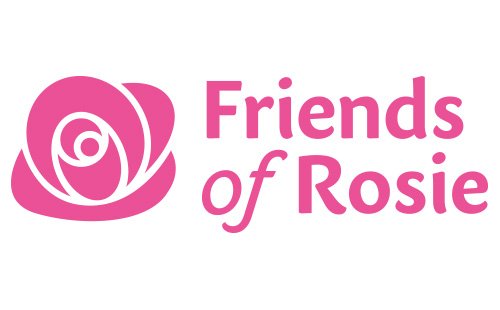 Friends of Rosie is funding a second year of a vital research project investigating the biology of protons used in Proton Beam Therapy (PBT) to treat sarcomas in children. This will bring the grant total for this project to £140,000. Here lead researcher, Dr Amy Chadwick, and Research Associate, Dr Emma Biglin, tell us more about this pioneering research.
Friends of Rosie is funding a second year of a vital research project investigating the biology of protons used in Proton Beam Therapy (PBT) to treat sarcomas in children. This will bring the grant total for this project to £140,000. Here lead researcher, Dr Amy Chadwick, and Research Associate, Dr Emma Biglin, tell us more about this pioneering research.
Radiotherapy (RT) is an essential component of curative paediatric cancer treatment. Proton beam therapy (PBT) uses high energy proton beams in place of conventional X-rays. The unique physical properties of protons means that protons stop at a precise depth in tissue, with no radiation dose delivered beyond.
As such, PBT can deliver a highly conformal radiation dose to a tumour, whilst dramatically reducing the volume of normal tissue irradiated, thus reducing the chance of toxicities and second cancers. This is particularly important in the paediatric setting, where developing normal tissues are more sensitive to radiation, which can result in long term complications of treatment, with some studies reporting up to 100% of patients developing radiation-induced late effects.

Explains Dr Chadwick, “Understanding how tumour cells respond to PBT, particularly in regions of the tumour that are most radioresistant, would be a huge step towards being able to therapeutically exploit the understudied biology of protons and could fundamentally impact the use of PBT in the clinic. To date, no studies have reported any pre-clinical data in paediatric sarcoma models with PBT, despite PBT being such an important treatment option for these patients.
“The cellular response to PBT is understudied and this is compounded by limited access to both proton beam infrastructure and proton beam time. Proton beams are almost exclusively located within clinical hospital facilities or physics institutes, often without access to the equipment, facilities or expertise required to perform comprehensive biological experiments. This is why PBT radiobiology has been understudied, historically in non-clinically relevant models in low throughput. This is one reason why expertise from decades of clinical experience and pre-clinical research with conventional RT has simply been translated to PBT treatment by use of a simple weighting factor. We are uniquely positioned in Manchester with our dedicated PBT research facility, including bio lab and PBT radiobiology end station with accurate O2 control. This capability, with automation, is currently not available anywhere else in the world and puts us at a real advantage in carrying out experiments.
“Our project was ambitious, and we are incredibly pleased with the amount of data that we have been able to generate with this funding over the first year of the project, both in terms of understanding how paediatric sarcoma cells respond to PBT and by identifying potential therapeutic combinations that overcome treatment resistance. Both areas are critical to harness the full advantage of PBT to enable kinder and more effective treatment for children with cancer, identified as the top priority for children’s cancer research.
“In the second year of research, we now aim to further our current study to allow us to delve into the mechanisms behind the PBT-inhibitor combinations, such as a detailed understanding of DNA damage and repair and pathway changes in response to the combinations, working with collaborators to take the PBT combinations into more complex clinically relevant 3D models of paediatric sarcomas.
“We also propose to link with children’s cancer researchers at other centres across the UK to harness expertise and models for individual disease subtypes, potentially applying for pump-priming or seed funding via Cancer Research UK RadNet.”




